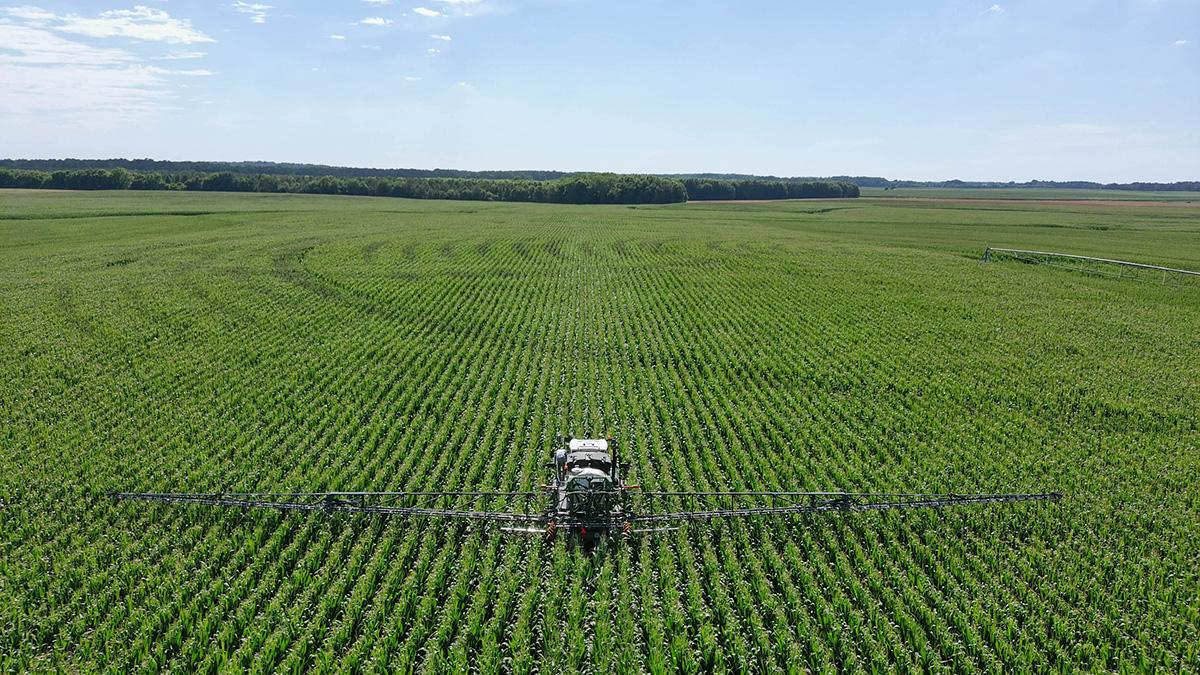Jack Gjesvold/realagstock
This article was first published by Nebraska Farmer on Jan. 6, 2023, and is excerpted here with permission.
With the 2023 growing season coming soon, producers may be looking ahead to their crop production plans and final decisions about inputs and practices. At the same time, producers would benefit from assessing the risks they face in the crop year ahead, and the support provided by various parts of the farm income safety net.
Producers have multiple tools to manage production and marketing risk, including farm bill commodity programs, crop insurance policies and, of course, marketing tools to build their risk management strategies.
Recently announced disaster assistance programs also will help address risks and losses, although they come after the fact.
Commodity programs
The Price Loss Coverage and Agricultural Risk Coverage programs are still in place, pending any new developments in the 2023 Farm Bill debate. The programs haven’t changed since 2018, and with higher market prices at present, they offer relatively little expected payout or risk support.
Looking back at the 2022 crop, any PLC and ARC payments would be paid to producers in October 2023 after the marketing year is complete. However, given current marketing year average price expectations, there are no PLC payments projected for any program crop.
For major Nebraska crops, the current marketing year average price projections from USDA supply and demand reports (as of late 2022) are $6.70 per bushel for both corn and sorghum, $14 per bushel for soybeans and $9.10 per bushel for wheat.
Prices would have to drop 40% or more from those levels to trigger PLC payments, something that generally can’t happen at this point given more than half the crop that might typically be sold or priced by this point in the marketing year.
Note, however, that for individual producers, the ARC guarantee is a blend of irrigated and nonirrigated practices on the farm, so even in drought-affected counties, the potential payments to producers could be mitigated by the share, if any, of irrigated production on the farm.
Looking ahead, 2023 crop marketing year price projections from advance USDA agricultural outlook estimates (released in late 2022) are lower than those for 2022, but would still be far above safety net levels with corn, sorghum, soybeans and wheat projected at $5.70, $5.60, $13, and $8 per bushel, respectively.
Prices would have to drop by 30% or more from these early projections to trigger PLC payments. Revenue would have to fall by even more from the same price projections and benchmark yields to trigger ARC payments, although any lingering drought conditions and concerns that might reduce yield expectations would actually increase the effective price protection from ARC.
